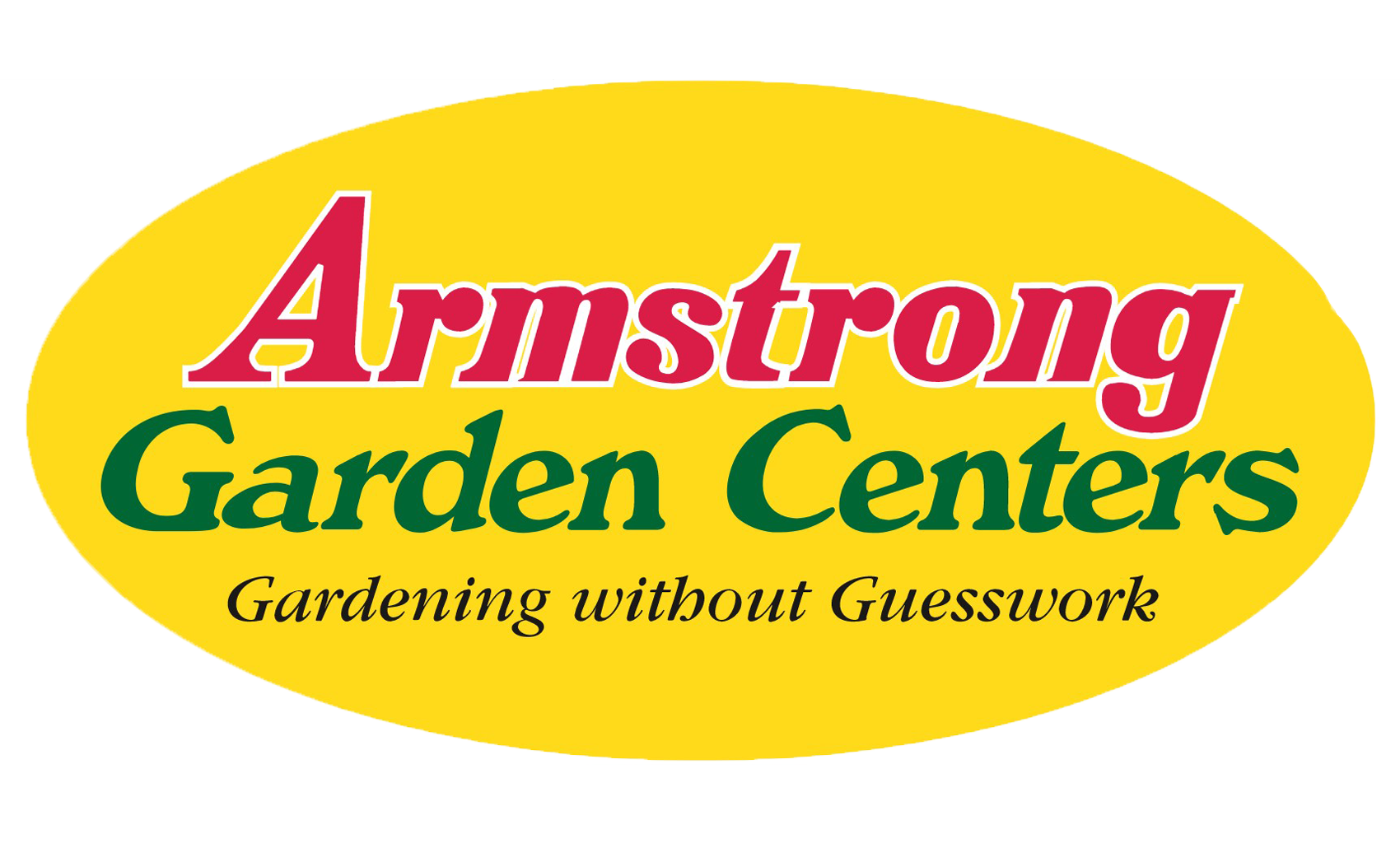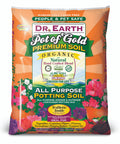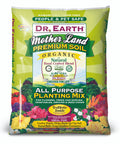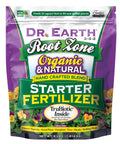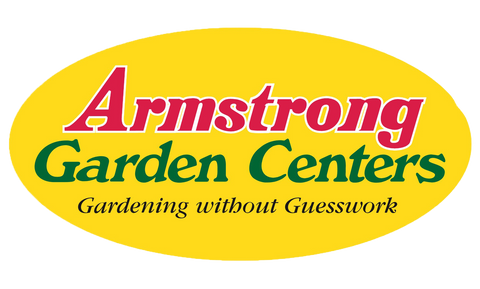Details
Little Pickles is an herbaceous evergreen perennial with an upright spreading habit of growth. Its medium texture blends into the garden, but can always be balanced by a couple of finer or coarser plants for an effective composition.
This plant will require occasional maintenance and upkeep, and usually looks its best without pruning, although it will tolerate pruning. It is a good choice for attracting bees and butterflies to your yard. It has no significant negative characteristics.
Little Pickles is recommended for the following landscape applications:
- Mass Planting
- Rock/Alpine Gardens
- General Garden Use
- Groundcover
- Container Planting
- Hanging Baskets
Features
Little Pickles's attractive small succulent narrow leaves remain bluish-green in color with hints of grayish green throughout the year. It features dainty yellow daisy flowers held atop the stems from mid spring to mid fall, which emerge from distinctive violet flower buds. The fruit is not ornamentally significant.
Care
Planting & Growing
Little Pickles will grow to be only 4 inches tall at maturity extending to 6 inches tall with the flowers, with a spread of 12 inches. It grows at a medium rate, and under ideal conditions can be expected to live for approximately 10 years.
This plant does best in full sun to partial shade. It prefers dry to average moisture levels with very well-drained soil, and will often die in standing water. It is considered to be drought-tolerant, and thus makes an ideal choice for a low-water garden or xeriscape application. It is not particular as to soil type or pH. It is somewhat tolerant of urban pollution. This species is not originally from North America.
Little Pickles is a fine choice for the garden, but it is also a good selection for planting in outdoor containers and hanging baskets. It is often used as a 'filler' in the 'spiller-thriller-filler' container combination, providing a mass of flowers and foliage against which the larger thriller plants stand out. Note that when growing plants in outdoor containers and baskets, they may require more frequent waterings than they would in the yard or garden.
